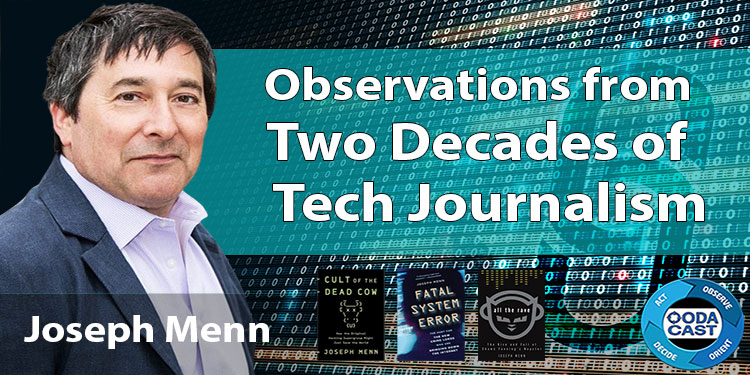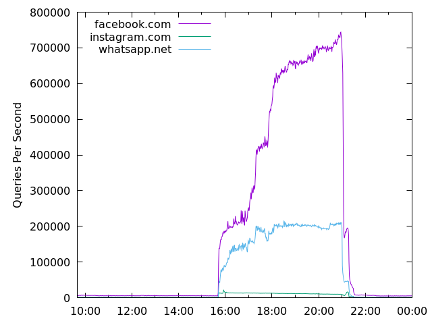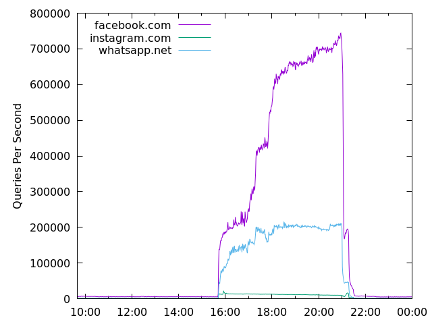OODA Loop – Joseph Menn: Observations From Two Decades Of Tech Journalism
Covering technology issues, and specifically cybersecurity as a journalist is a tough endeavor. Some of these technologies are complex as are the security vulnerabilities often inherent in their deployment and making these topics broadly accessible can be a challenge. Many of the underlying issues touch upon national security and civil liberties creating an interesting nexus that must be highlighted in the proper context. Lastly, it can be a challenge to create trusted relationships with the hacker community, but they provide essential perspectives and leads.
Joseph Menn has established himself as one of the top journalists covering these issues for over two decades at organizations like the Financial Times, Los Angeles Times, Bloomberg, Reuters, and now at the Washington Post. He’s spoken at conferences like Black Hat, Def Con, and RSA. He’s written three books covering topics like Napster, cybercrime, and most recently the infamous hacker group cDC in his book “Cult of the Dead Cow: How the Original Hacking Supergroup Might Just Save the World”.
In the OODAcast, Joseph provides insights from his career as a journalist covering technology and cybersecurity. We explore how he first got involved with Def Con Black Hat and the value of attending the events. Joseph discusses how he first got introduced to the cDC and why he decided to write a book about the group and developed an overall positive outlook in the critical role hackers will play in saving the world.
Official Bio:
Joseph Menn joined The Washington Post in 2022 where he specializes in computer security, hacking, privacy and surveillance. He has perhaps the longest running track record among professional journalists covering cyber security and cyber conflict issues, having over two decades of experience on the topic. Prior to the Washington Post he covered cybersecurity and technology for Reuters, the Financial Times and the Los Angeles Times
His books include “Cult of the Dead Cow: How the Original Hacking Supergroup Might Just Save the World” (2019) and “Fatal System Error: The Hunt for the New Crime Lords who are Bringing Down the Internet” (2010).
Podcast Version:
External Links:




